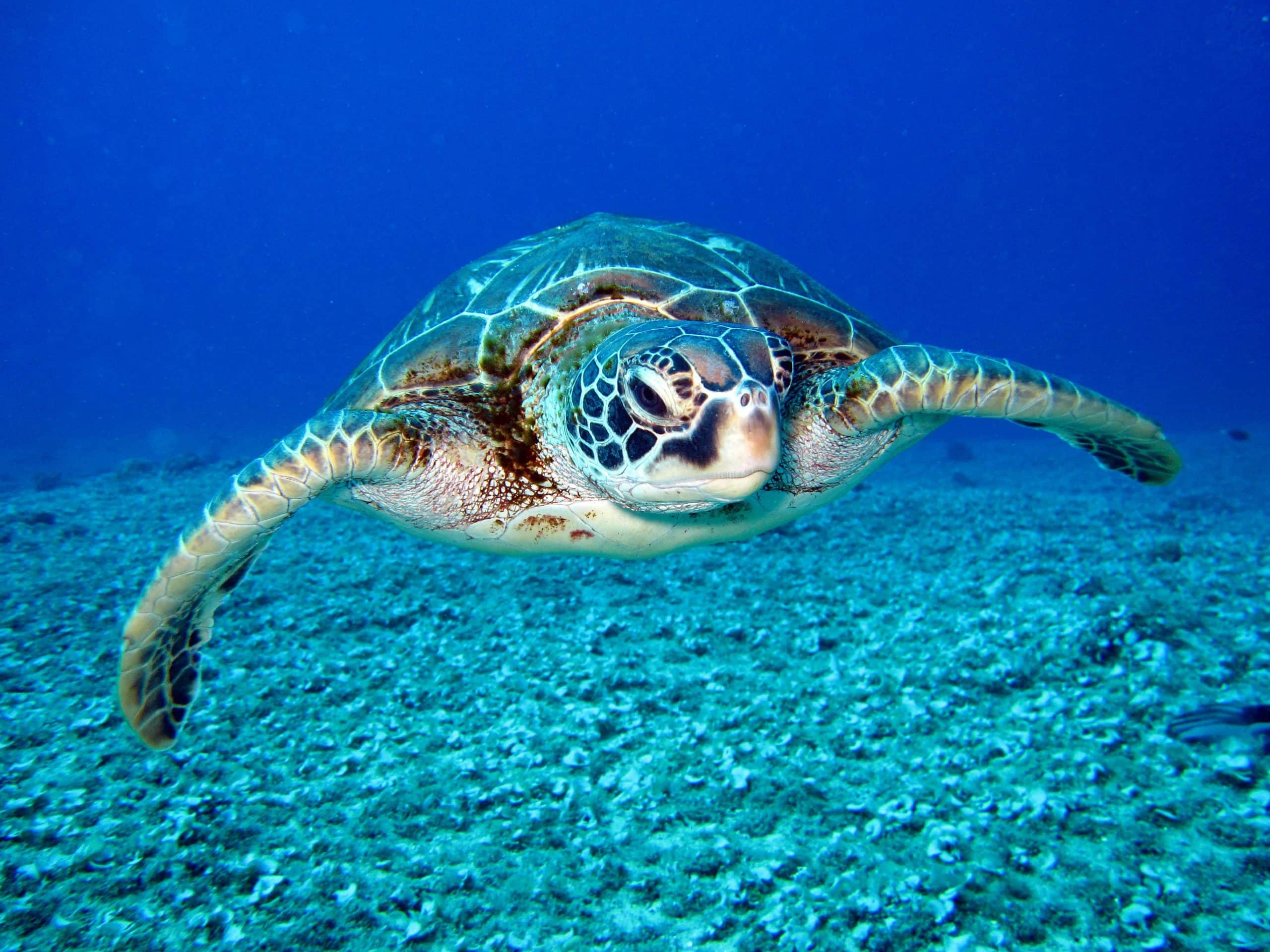How to Plan a Nutritious Weekly Meal for Your Omnivorous Pet Turtle?

Taking care of a pet turtle can be a rewarding experience. They are gentle, peaceful, and can live for many years, providing companionship and even a sense of tranquility. However, just like any other pet, turtles require specific care and attention, especially when it comes to their diet. Understanding what turtles eat is crucial to their overall health and longevity. In this article, we’ll guide you on how to plan a nutritious weekly meal for your omnivorous pet turtle.
Understanding Your Turtle’s Dietary Needs
Before planning your omnivorous turtle’s diet, it is essential to understand their specific dietary needs. Turtles are not a one-size-fits-all species when it comes to eating habits. The type of turtle you have, whether it’s a box turtle, red-eared slider, or a tortoise, will determine the kind of foods they require.
Avez-vous vu cela : How to Care for a Pet Skunk with Special Dietary Needs?
Aquatic turtles, like red-eared sliders, have a diet that leans more on the carnivorous side, especially when young. They have a high demand for protein, which can be satisfied with foods like mealworms, wax worms, and feeder fish. As they mature, their diet gradually shifts to include more plant-based foods.
Box turtles are true omnivores and their diet should include a balanced mix of meats and vegetables. Some of their favorite foods include earthworms, snails, berries, and various types of greens.
Lire également : What Are the Best Dog Breeds for a Family with Special Needs Children?
Tortoises, on the other hand, are primarily herbivores. They thrive on a diet of leafy greens, vegetables, fruits, and hay. It’s important to note that while they can eat small amounts of animal proteins, too much can lead to health problems.
Understanding these differences is the first step in ensuring your pet turtle gets the right mix of nutrients it needs to stay healthy.
Planning the Weekly Meal
When planning your turtle’s weekly meal, variety is key. A diverse diet ensures your pet is getting a wide range of nutrients and reduces the risk of nutritional deficiencies. Here is how you can plan a balanced and nutritious weekly meal for your pet turtle, considering their specific dietary needs.
- Protein: Your turtle’s protein intake will depend on its species. Aquatic turtles and box turtles will need a steady supply of proteins such as mealworms, wax worms, feeder fish, and raw or boiled chicken. Tortoises, though, only require minimal protein which can be provided through beans and legumes.
- Vegetables and Greens: All turtles need some form of vegetables and greens in their diet. Leafy greens such as kale, romaine lettuce, and spinach are a good start. Other vegetables like zucchini, bell peppers, and carrots can also be included. Remember to chop them into small, manageable pieces for easy consumption.
- Fruits: While fruits should only make up a small portion of your turtle’s diet, they can be a great source of essential vitamins and minerals. Berries, apples, and melons can be offered occasionally.
- Water: Hydration is a fundamental part of your turtle’s diet. Always ensure there is a clean, fresh supply of water available for your pet.
By rotating through these food categories over the week, you can provide your pet turtle with a balanced and nutritious meal.
Feeding Schedule and Portions
The frequency and quantity of feeding your pet turtle will depend on their age and species. As a rule of thumb, younger turtles generally eat every day, while adult turtles eat every two to three days.
Portion sizes should be around the size of the turtle’s head. This is a good measure to prevent overfeeding, which can lead to obesity and other health issues. Remember, it’s better to underfeed than overfeed; turtles are adapted to go for periods without food in the wild.
Foods to Avoid
While turtles are omnivorous and can eat a wide variety of foods, there are certain foods that should be avoided. These include dairy products, processed foods, raw meat, and certain vegetables like avocados, onions, and garlic. These foods either contain substances that are harmful to turtles or are difficult for them to digest.
In addition to these, avoid feeding your turtle dog or cat food. These foods do not provide the right balance of nutrients for a turtle and can lead to serious health problems.
Monitoring Your Turtle’s Health
Observing your turtle’s behavior and overall health is a critical aspect of their care. Regular monitoring can help detect any potential problems early, such as loss of appetite, sluggishness, or changes in shell condition. Regular veterinary check-ups are also recommended to ensure your pet remains in good health.
Remember, a well-fed turtle is a happy, healthy turtle. By providing your pet with the right balance of nutrients and a varied diet, you’re setting them up for a long, healthy life.
Introducing Supplements and Vitamins
While a balanced and varied diet should provide most of the nutrients your turtle needs, it’s also beneficial to consider incorporating vitamins and supplements. The needs for these will depend on your turtle species. For example, aquatic turtles and box turtles benefit from supplements that aid in shell health and general wellness, such as calcium and vitamin D3. Tortoises, meanwhile, may require additional fiber supplements to support their digestive system.
Some turtles may have specific nutritional requirements due to their age, health condition, or breed. Your vet can provide advice on the types and quantities of supplements your pet turtle might need.
The easiest way to incorporate supplements into your turtle’s diet is by dusting their food before feeding. Calcium supplements can be sprinkled over the vegetables, greens, and proteins. Vitamin D3, necessary for the absorption of calcium, can be added to the feed a few times a week.
It is crucial to closely monitor your turtle’s health when introducing any new supplements, and to adjust the dosage based on your pet’s response. Over-supplementation can lead to health problems such as kidney stones and other metabolic conditions. Therefore, it is always best to consult your vet before introducing new supplements into your pet’s diet.
Maintaining a Clean and Healthy Environment
Turtles are generally low-maintenance pets, but providing them with a clean and healthy environment is critical to their well-being. Regardless of whether you have an aquatic turtle, box turtle, or tortoise, their habitat should be kept clean and well-maintained. Regular cleaning helps prevent bacterial and fungal infections, which can impact your turtle’s health and lifespan.
For an aquatic turtle, ensure the water in their tank is clean at all times. A water filter can be used to remove waste and keep the water crystal clear. Additionally, aquatic turtles require a basking area where they can dry off and absorb heat and UV light.
Box turtles and tortoises need dry habitats. They should have access to a basking spot with UV light, a hiding spot, and enough room to explore. Substrate should be cleaned regularly to prevent the buildup of bacteria and avoid the spread of infections.
Feeding your turtle in a separate container can also help maintain cleanliness in their habitat. This method confines the mess to one area and can make cleaning up easier.
Conclusion
In conclusion, planning a nutritious weekly meal for your omnivorous pet turtle involves understanding their specific dietary needs, incorporating a variety of proteins, vegetables, and fruits into their meals and providing clean, fresh water at all times. Adding appropriate supplements and vitamins can ensure your turtle gets all necessary nutrients, and maintaining a clean and healthy environment is equally important for their overall well-being.
Each turtle species has individual dietary requirements. By understanding these and working with your vet, you can design a feeding regimen that will keep your pet healthy and happy. Regularly monitoring your turtles’ health, both through observing their behaviors and with regular vet check-ups, will help ensure any potential problems are caught early.
Remember, a well-fed turtle is a happy turtle. It’s not just about feeding your turtle, but about providing a well-rounded, nutritious diet that supports their health and longevity.
